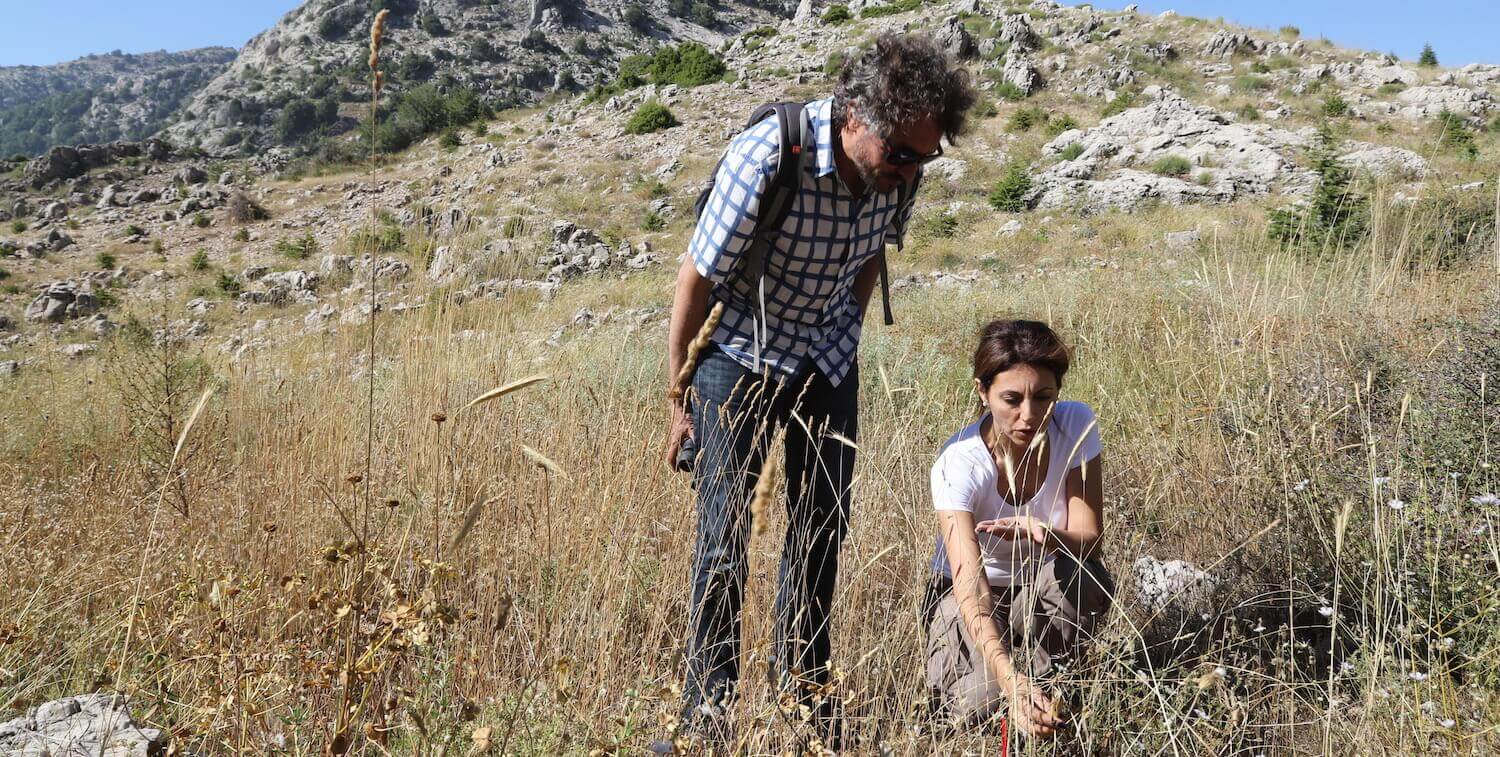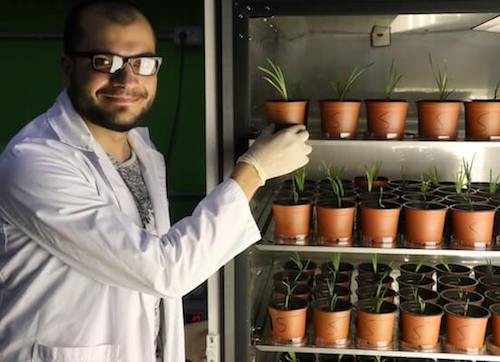Main menu
CEPF is a joint initiative of l’Agence Française de Développement, Conservation International, the European Union, Fondation Hans Wilsdorf, the Global Environment Facility, the Government of Japan and the World Bank.
Visitez le site français コア情報の日本語翻訳を読むOr use Google Translate to translate the English site to your language:
GTranslate
Grantee’s Accomplishments Take Root in Lebanon
USJ makes tremendous progress protecting threatened flowers
By: Marsea Nelson, CEPF Senior Communications Manager
26 December 2018
26 December 2018
Last year, we profiled CEPF grantee Université Saint-Joseph (USJ) and their work protecting Lebanon’s extraordinary—but highly vulnerable—flower species. During the course of their grant, the organization made tremendous headway: two plant micro-reserves were established, and work began on building the first national Red List for threatened species. Progress, however, has not ended there.
Recently USJ accomplished an incredible breakthrough: They determined how to successfully germinate three of Lebanon’s most Endangered flowers in a laboratory setting.
“It’s taken us three to four years of working on the germination protocol in our laboratory for seed germination and conservation. Initially, less than 3 percent of the seeds would germinate after six or seven months,” said project lead Magda Bou Dagher Kharrat.
The seeds are naturally dispersed by ants who hide them underground and eat a small portion. “We ended by finding a way to imitate this process and now, in 2 weeks, we have germination,” Bou Dagher Kharrat said.
USJ has taken irises, Iris bismarckiana, germinated in the lab and successfully planted them in Sarada, one of the plant micro-reserves established during the CEPF-funded project. “When there are two flowers found far away from each other, we plant others between them, like a corridor,” Bou Dagher Kharrat explained. This process has been applied to other Endangered iris species, too.
Additional Developments:
- Irises have been transplanted from one area to another in Ehmej, the other plant micro-reserves established during the CEPF-funded project. The relocated flowers appear unaffected by the relocation—they are flowering and bearing seeds as those that weren’t touched.
- One of USJ’s largest challenges, and successes, with the project was convincing landowners to give up land—where threatened plants were located—to establish the plant reserves.
Though the landowner of the site Baskinta would not officially relinquish his site—home to the very rare species sundew (Drosera rotundifolia)—he did promise to preserve the land in its natural state. As a result of his commitment national and international media have come knocking on his door to request interviews, including the BBC (16 minutes in). “He now realizes how big the decision he made to protect the site was,” Bou Dagher Kharrat said. “He’s very proud and happy about that.” - Last year, Bou Dagher Kharrat noted that convincing local people of the importance of Lebanon’s vulnerable biodiversity, especially in the midst of the continuing political turmoil in the country, was a challenge. However, since then, there has been notable progress. “Local people are no longer seeing natural heritage as solely scientific,” Bou Dagher Kharrat said. “They are volunteering. There are universities and NGOs involved. I think we’ve moved forward at least 20 percent.”
A second CEPF grant to USJ for their work with Lebanon’s flora is currently being contracted.






